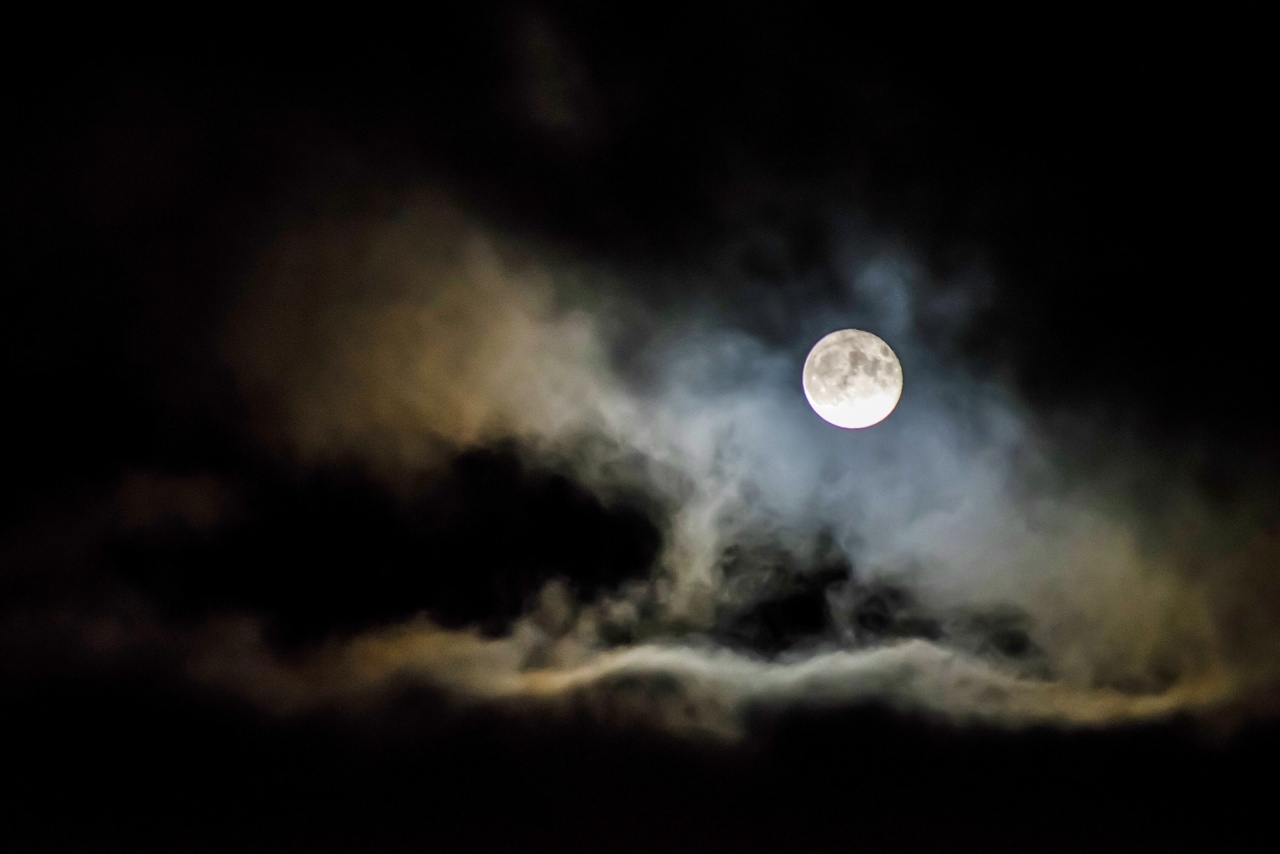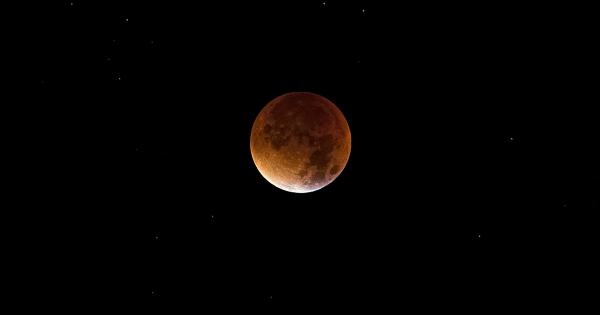A solar eclipse is a celestial event that occurs when the Moon passes between the Sun and the Earth, blocking all or a portion of the Sun’s light. This natural phenomenon is both rare and fascinating, captivating people from all walks of life.
During a solar eclipse, our view of the Sun undergoes a dramatic transformation, leading to a unique spectacle in the sky. In this article, we will explore what exactly happens to our view during a solar eclipse and delve into the different phases of this awe-inspiring event.
What is a Solar Eclipse?
Before diving into the details of what happens to our view during a solar eclipse, let’s first understand what a solar eclipse truly is.
A solar eclipse occurs when the Moon, in its orbit around the Earth, moves between the Sun and the Earth, causing the Sun to be partially or fully obscured.
The Different Phases of a Solar Eclipse
A solar eclipse consists of several distinguishable phases, each offering a unique experience for observers. Let’s take a closer look at these phases:.
1. Partial Eclipse
During a partial solar eclipse, the Moon only partially covers the Sun when observed from a specific location. This results in a noticeable decrease in the Sun’s brightness, creating a peculiar dimming effect.
It is crucial to use proper eye protection during this phase to safeguard against any damage caused by directly looking at the Sun.
2. Total Eclipse
A total solar eclipse occurs when the Moon completely obscures the Sun, leading to a temporary darkness during the daytime. This phase is a truly awe-inspiring sight, offering an ethereal experience as the Moon aligns precisely with the Sun.
Observers are treated to a magnificent display of the Sun’s corona, which is only visible during a total solar eclipse.
3. Diamond Ring Effect
The diamond ring effect is a unique phenomenon that occurs during both the beginning and the end of a total solar eclipse. The Sun appears as a glowing ring of light, encircling the dark silhouette of the Moon.
This phenomenon is often accompanied by a single point of light resembling a diamond, hence the name “diamond ring effect.”.
4. Baily’s Beads
Another mesmerizing optical effect during a total solar eclipse is known as Baily’s Beads. As the Moon moves across the Sun, sunlight filters through the rugged lunar surface, leading to the appearance of a string of bright beads.
This phenomenon is caused by sunlight passing through the Moon’s valleys and mountains, creating a stunning visual display.
5. Shadow Bands
Shadow bands are elusive and transient patterns that are sometimes visible just before and after a total solar eclipse. These thin, wavy bands of light and dark move rapidly across the ground and other surfaces due to atmospheric distortions.
While not always present or easily observable, shadow bands add an extra layer of mystique to the solar eclipse experience.
6. Partial Illumination
During a total solar eclipse, the surrounding landscape experiences a partial illumination akin to twilight. The sudden darkness, combined with a unique quality of light, creates an otherworldly atmosphere.
Animals, insects, and birds may exhibit changes in behavior, mistakenly believing that night has fallen.
7. Changing Colors of the Sky
The changing colors of the sky during a solar eclipse are a breathtaking spectacle. As the Moon blocks the direct sunlight, the sky can transition to hues of orange, pink, and even purple.
The atmosphere scatters sunlight differently under these conditions, resulting in a stunning array of colors momentarily transforming the sky.
8. Enhanced Visibility of Planets and Stars
During a total solar eclipse, the sudden darkness and reduced light pollution provide an excellent opportunity to view planets and stars that are otherwise difficult to observe during daylight hours.
Observers may be able to catch a glimpse of bright stars and planets shining prominently in the darkened sky.
9. Temperature Changes
The temperature experiences fluctuations during a solar eclipse, with a noticeable drop in temperature during the totality phase.
This temperature change is attributed to the absence of direct sunlight and the altered thermal properties of the atmosphere. It’s not uncommon for observers to feel a chill in the air as a total solar eclipse approaches.
10. Emotional and Spiritual Impact
Witnessing a solar eclipse can evoke strong emotional and spiritual responses in individuals. The sheer grandeur of this celestial event often leaves observers in awe, fostering a deep sense of connection to the vastness of the universe.
Many people describe a solar eclipse as a profoundly moving experience that instills feelings of wonder, humility, and introspection.
Conclusion
Experiencing a solar eclipse is a remarkable event that provides a unique and unforgettable view of our surrounding celestial bodies.
From the partial eclipse to the diamond ring effect and the stunning colors of the sky, a solar eclipse offers a mesmerizing display that captivates the imagination. Whether it’s on an emotional, spiritual, or scientific level, a solar eclipse truly reminds us of the awe-inspiring wonders of the universe.































